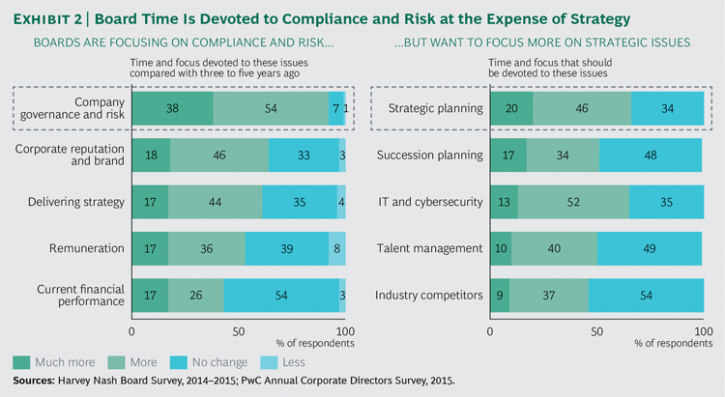Gouvernance mission et composition du conseil d'administration Nouvelles diverses
Avez-vous un expert de conformité dans votre CA ?
Ivan Tchotourian 5 janvier 2017
« Why Every Board Should Have a Compliance Expert » (22 décembre 2016), c’est sous ce titre que Thomas Fox propose une analyse sur la nécessité d’avoir un expert de la conformité au sein des CA.
Petit extrait :
An arm of the US government has recognized the need for such expertise at the Board level. In 2015 the Office of Inspector General (OIG), in a publication entitled “Practical Guidance for Health Care Governing Boards”, called for greater compliance expertise at the Board level. The OIG said that a Board can raise its level of substantive expertise with respect to regulatory and compliance matters by adding to the Board, a compliance member. The presence of a such a compliance professional with subject matter expertise “on the Board sends a strong message about the organization’s commitment to compliance, provides a valuable resource to other Board members, and helps the Board better fulfill its oversight obligations.”
À la prochaine…
Ivan Tchotourian
Gouvernance mission et composition du conseil d'administration
Un CA engagé ne doit pas négliger la stratégie… ce qui est souvent le cas !
Ivan Tchotourian 10 septembre 2016
bcg.perspectives publie un excellent article qui insiste sur le déséquilibre de l’investissement des membres du CA : conformité et risques sont priorisés au détriment de la stratégie (« Looking for Smoke Under the Door: The Case for an Actively Engaged Board »).
Voici la synthèse :
An actively engaged board provides the building blocks of good governance. Directors with deep knowledge of the business and the external environment are better equipped to offer advice, challenge management, and spot any warning signs. But creating a more engaged board is neither easy nor without risk. While an actively engaged board can be a great benefit to a company, an engaged board that is dysfunctional can be destructive. If the board’s operating model is not right, and if the directors are not aligned, the board can undermine management and create confusion.Chair, CEO, and NEDs all have a role to play.
The rules and practices of corporate governance impose on the board many constraints and competing demands. In the finite time available to deliberate and make decisions, the board’s agenda naturally gravitates toward the essential issues of the day: governance, regulation, compliance, and near-term decisions. Often the board’s attention to the long term is relegated to its participation in determining annual strategy. In many companies, this is a flawed process.
Notwithstanding the packed schedule of most board meetings, the experience and detachment of board members position the board to be an actively engaged catalyst for change. Such a board will be able to identify, interpret, and act upon weak signals inside and outside the business that indicate the need for change; it will be adaptable, changing its composition and operations to meet evolving needs; and it will balance the independence of position and mind required for oversight with the active engagement necessary to provide management with the benefit of its members’ experience.
À la prochaine…
Ivan Tchotourian
